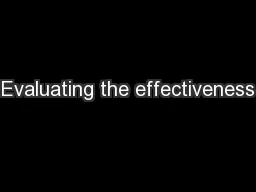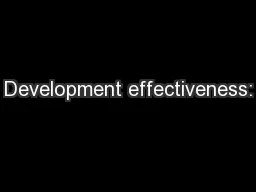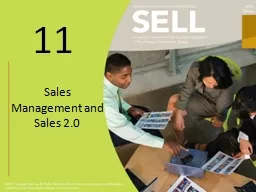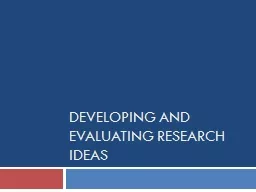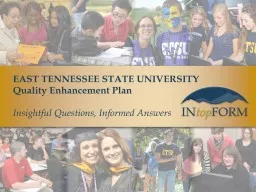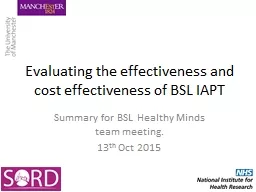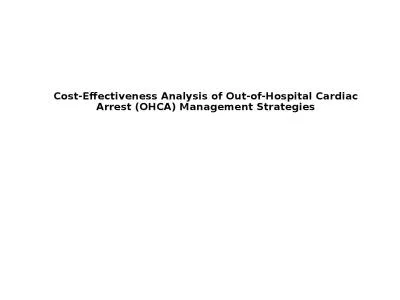PPT-Evaluating the effectiveness
Author : tatyana-admore | Published Date : 2015-10-31
of your online presence Balancing the global potential and local constraints of webbased educational and informational campaigns Webpresence pros and cons PROS What
Presentation Embed Code
Download Presentation
Download Presentation The PPT/PDF document "Evaluating the effectiveness" is the property of its rightful owner. Permission is granted to download and print the materials on this website for personal, non-commercial use only, and to display it on your personal computer provided you do not modify the materials and that you retain all copyright notices contained in the materials. By downloading content from our website, you accept the terms of this agreement.
Evaluating the effectiveness: Transcript
Download Rules Of Document
"Evaluating the effectiveness"The content belongs to its owner. You may download and print it for personal use, without modification, and keep all copyright notices. By downloading, you agree to these terms.
Related Documents

